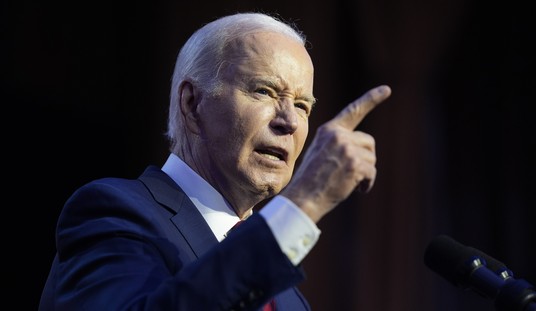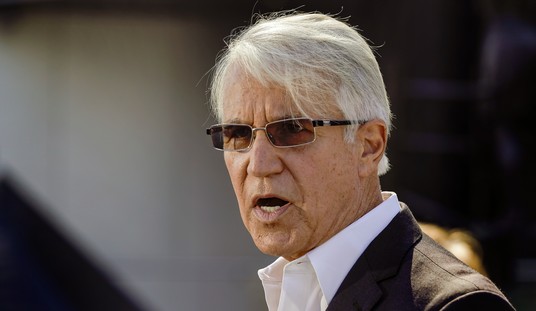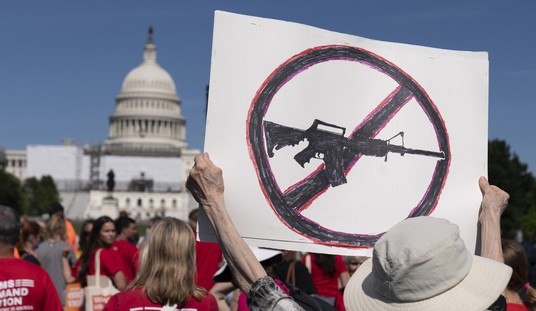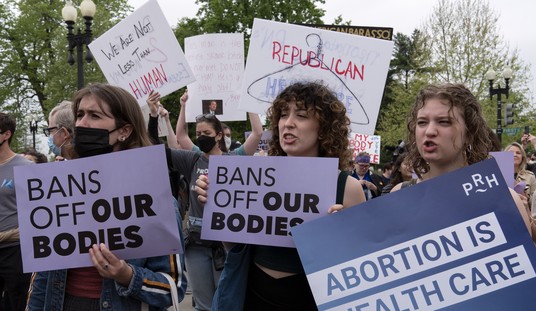The much anticipated November jobs number have been posted. Here is a rundown of some of the highlights:
- Jobs created in November: The net increase in new jobs this month was 120,000. There were 140,000 jobs added to the private sector, while the public sector shed 20,000. The U3 unemployment number dropped from 9.0% to 8.6%. In more good news, September’s numbers were revised up to 210,000 from 158,000, while October’s jobs numbers were boasted by 20,000 to a total of 100,000. Also, the U6 number, which counts discouraged workers, dropped to 15.6 percent from 16.2 percent, its lowest level since March 2009.
- Types of Jobs: The largest share of new jobs came from the retail industry, which saw a 50,000 spike. On the other hand, manufacturing only gained 2,000, while construction shed another 12,000 jobs. This might be an indication that a lot of these jobs are temporary increases for the Christmas shopping season. Another related point is that the sharpest drop in unemployment was amongst those with little or no college education.
- Size of civilian labor force: So why is this, at best, a mediocre jobs report? Well, if you shrink the size of the pool, the unemployment rate will actually go down. While a net-120,000 jobs were added in November, the civilian labor force shrunk by 315,000. In October, the civilian labor force stood at 154.198 million. Now, there are only 153.883 in the labor force. Moreover, the Civilian noninstitutional population grew by 172,000, yet there are now 487,000 more people not in the labor force than there were in October. Consequently, the labor participation number dropped from 64.2% to 64.0%. This, along with the upward revisions from the past two months, has caused the U3 rate to drop by .4%.
- Duration of unemployment: The average (mean) duration of unemployment is 40.9 weeks, a record high. By comparison, the average duration was 19.9 weeks in January 2009.
- Comparison to January 2009-Obama’s inauguration date: In January 2009, the labor force stood at 154.185. This means that a net 302,000 people have left the labor force since Obama was inaugurated. Concurrently, the size of the working age population grew over 5.7 million from 234.739 million at the time Obama was sworn in. Also, in January 2009, 142.201 million were employed, over 1.62 million more than today. So we have a larger population, a smaller workforce (resulting from discouraged workers), and more unemployed. As AEI’s James Pethokoukis points out, if the labor force was the same size as when Obama took office, the U3 rate would be 11%.
- Bonus points:
– Hours and Earnings: Wages slipped slightly with the average hourly wage dropping 2 cents an hour to $23.18. Average weekly earnings dropped $1.28 to $656.54. Aggregate hours worked also fell.
– Black unemployment actually rose .4% to 15.5%.
– A key point often overlooked is the difficultly for those entering the workforce to find a job. The unemployment rate for those 20-24 actually rose .2% to 14.2%, even as older demographics saw their unemployment rate decline. That increase was incurred entirely by young males, who suffered a 0.9% spike to 15.6% (the rate for women actually declined .6%)
– Now is not the time to extend more 99-week unemployment benefits. They are clearly not stimulating jobs growth. Worse, they are incentivizing more long-term unemployed to give up.
Overall, it is clear that the across-the-board contraction of jobs has stopped. But is that really something to celebrate this far into a recovery, which is usually a time of robust growth? In terms of the job growth, it is still unprecedentedly mediocre, and would only account for .1% of the U3 drop if not for the labor force shrinkage. And therein lies the problem. Worse than a high unemployment rate, we have an unprecedented number of people permanently giving up on the job market, a record high duration of unemployment, and, despite the drop, a terrible U6 rate. At some point, the U3 rate has to climb back to 9% if and when those people return to the labor force. It’s also worth noting that the more people sit out the labor force, the quicker Social Security and Medicare will become insolvent.
No – there probably won’t be a double-dip recession; there is not much more left to shed. However, this is the type of report you want to see in 2009, not late 2011. We will continue flat lining at (or near) the bottom of the employment trough indefinitely, especially if Obama and the Democrats get their way with extension of unemployment (stimulating) benefits. This is exactly what a Keynesian recovery looks like.














Join the conversation as a VIP Member